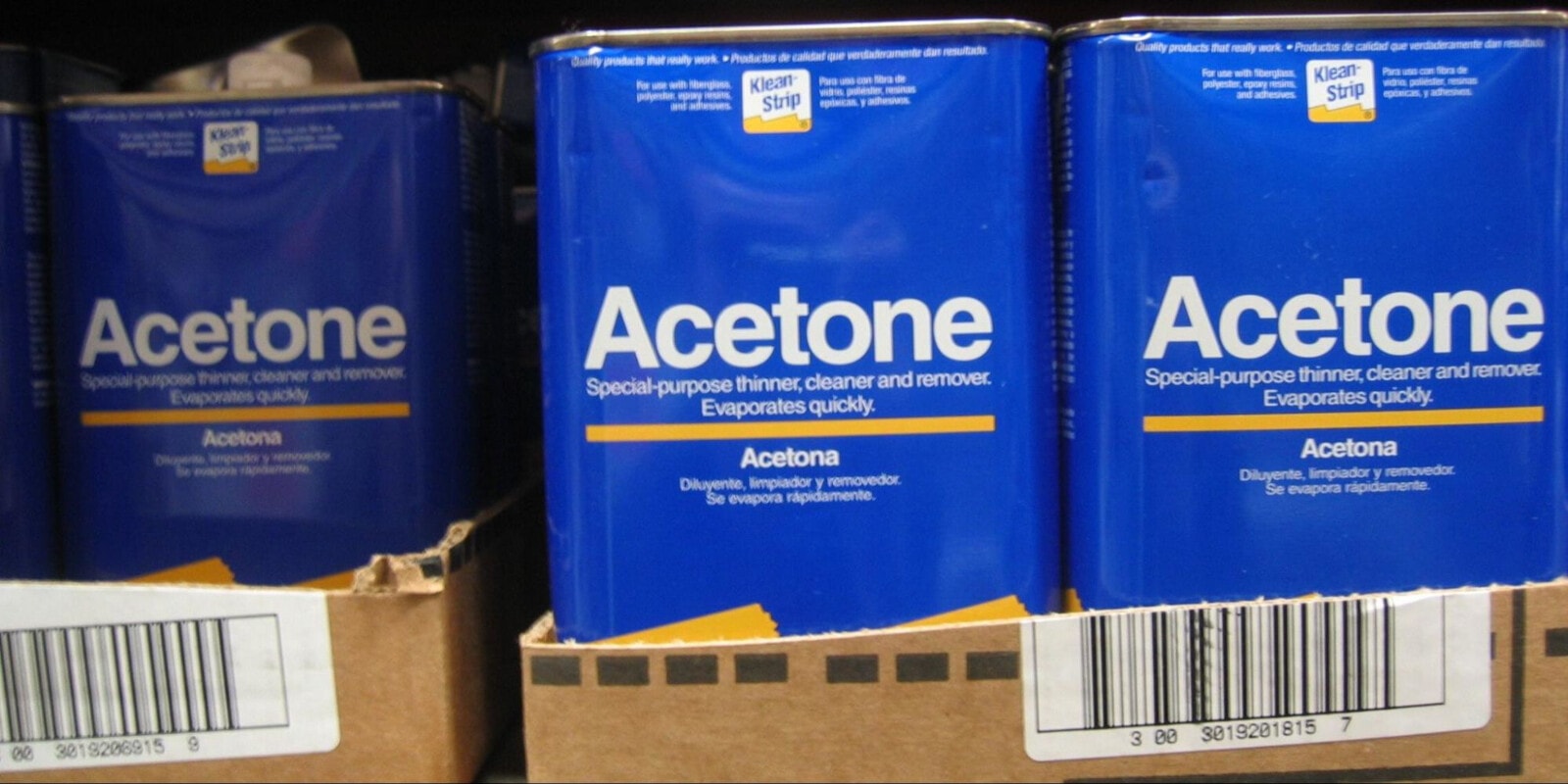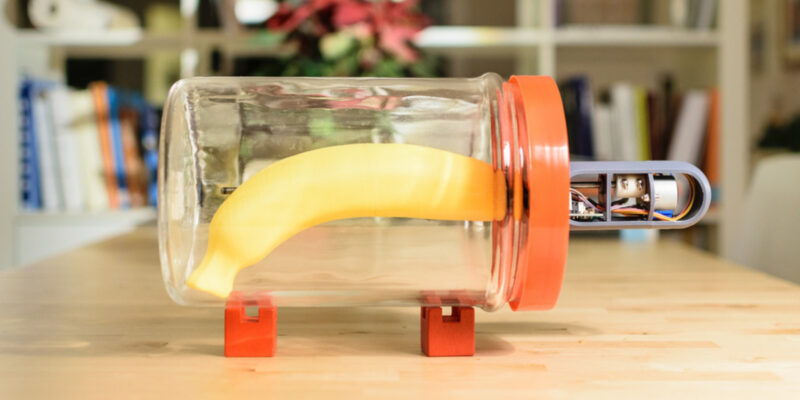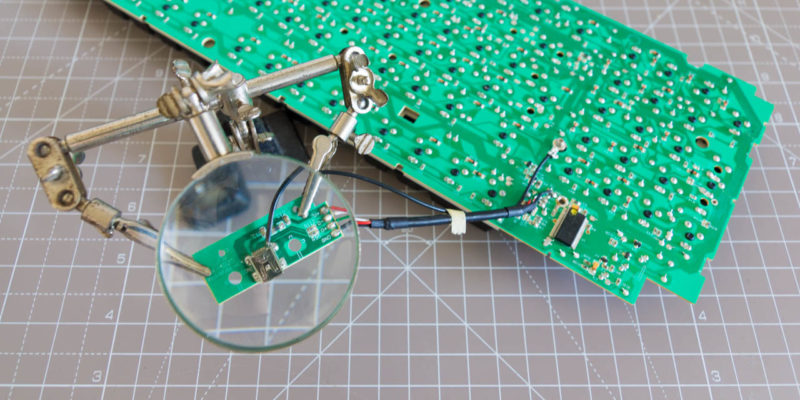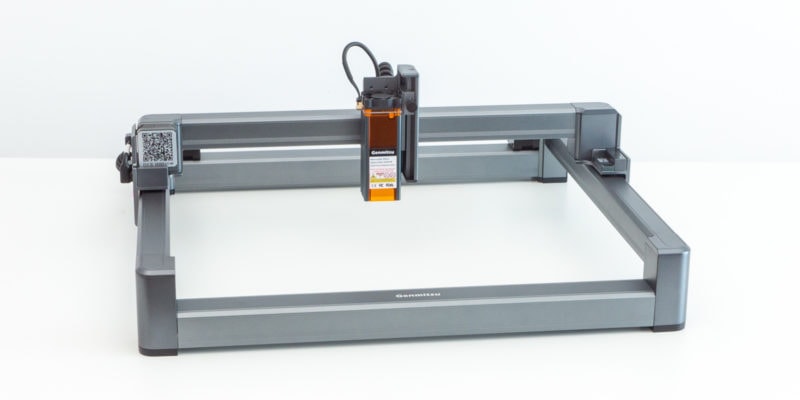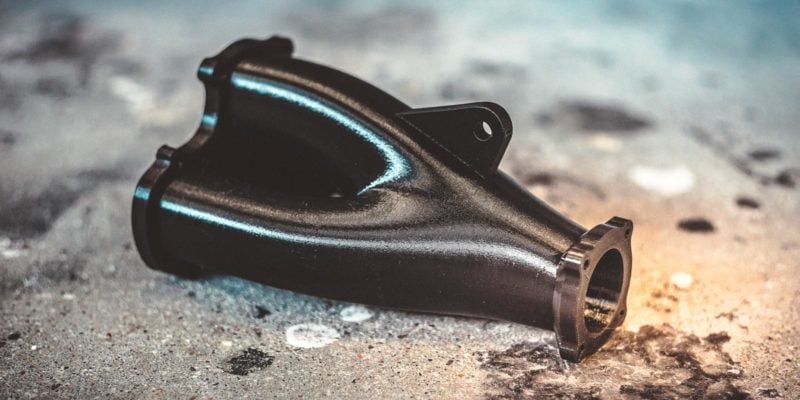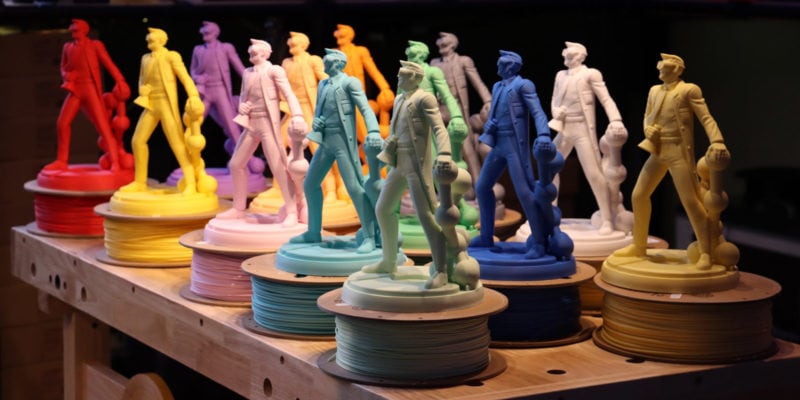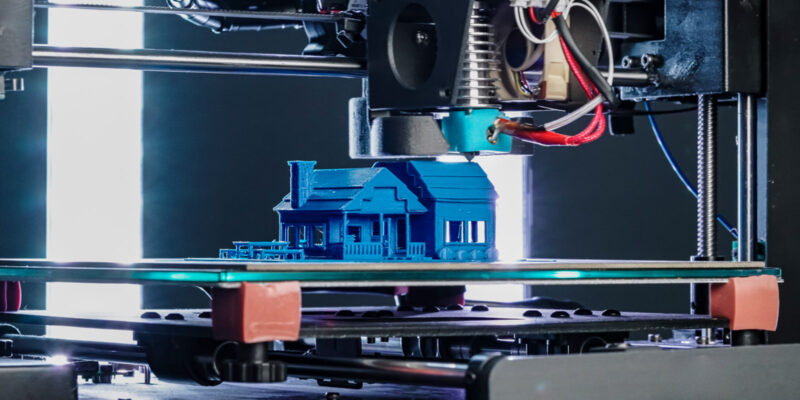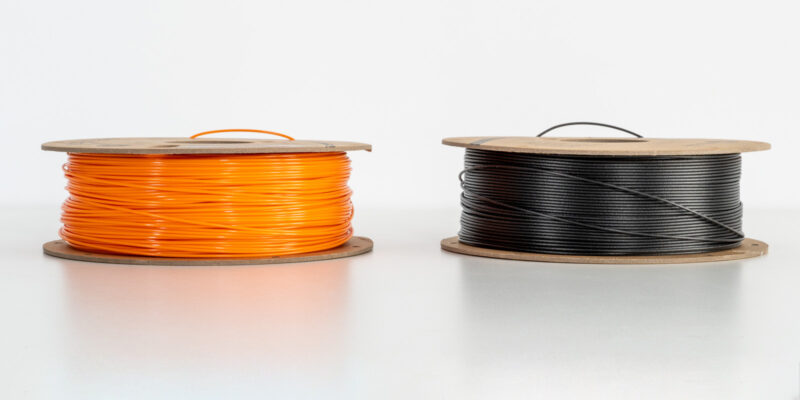Acetone welding Acrylonitrile Butadiene Styrene plastic (ABS) is quite a useful technique for all those times when you want to join two ABS parts (3D printed or not).
If you have ever faced a situation where you wanted to 3D print a large sword, but your printer has a limited build volume, you can split the blade, print it in ABS, and join it with acetone. Or when an intricate ABS vase that you printed breaks off; you can weld it with acetone to create a bond stronger than the original plastic.
ABS welding utilizes acetone, a common solvent, to create a strong and often seamless bond between ABS components. In this article, we will explore everything about ABS acetone welding. What is it, how does it work, how do you use it, and everything in between?
Get your gloves out; we’re about to ace-tone up your ABS 3D printing!
What is ABS Acetone Welding?
ABS Acetone Welding is a widely used technique in plastic fabrication and repair that utilizes the properties of Acetone and ABS to create strong bonds between two ABS parts.
ABS filament is a durable thermoplastic that is commonly used in 3D printing, while acetone is a powerful solvent often found in nail polish removers. When used together, they form a perfect match for 3D printing enthusiasts, particularly while post-processing ABS prints.
Acetone softens the ABS plastic, allowing the molecules on the surface to bond more easily with each other. When the acetone evaporates, the ABS plastic re-hardens, forming a molecular bond that is both strong and durable.
This technique is an ideal solution for users who want to mix and match two ABS 3D prints with each other.
How Does Welding ABS with Acetone Work?
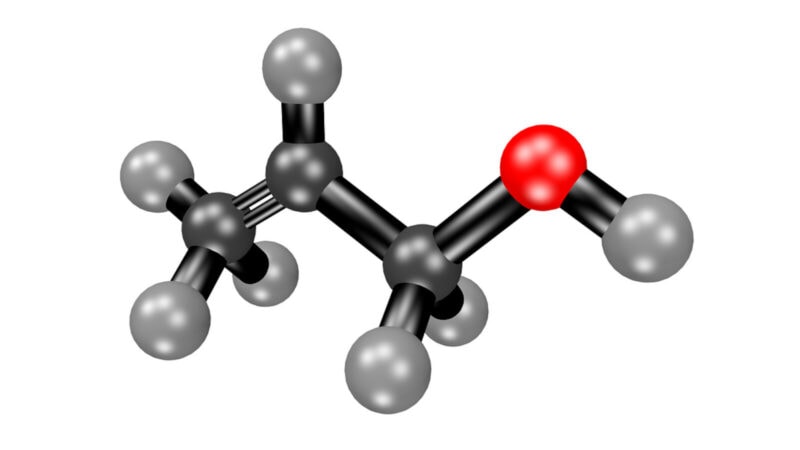
At the heart of ABS plastic welding is the chemical reaction of ABS with acetone. ABS consists of three main monomers: acrylonitrile, butadiene, and styrene. Acetone is a natural solvent for ABS and breaks down these polymer chains. This is the same effect that occurs during the ABS smoothing process as well.
If you are familiar with 3D printing, you will notice that when creating ABS slurry to prevent ABS prints lifting off the bed, you use this same combination of acetone and ABS (shavings).
Regardless of the application, this softening of ABS allows the molecules to intermingle, creating a fused bond when the acetone evaporates.
The result is a connection that is not only mechanically strong but also chemically integrated, ensuring a lasting and reliable joint. A recent May 2023 study conducted on ABS joint strength confirmed that Acetone is an excellent solution for permanently joining two ABS parts together.
In essence, ABS acetone welding takes advantage of the unique properties of both these elements. While there are other methods you could use to stick two components together, such as ABS glue or a soldering iron, the acetone method gives overall the best results.
Acetone Welding ABS Process – Step-by-Step

Acetone welding ABS is a straightforward yet delicate process that can be tricky to get right on the first try. However, if you understand and follow the steps mentioned below, you’ll significantly reduce the chances of any accidents.
1. Prepare the Surface
Before we begin applying acetone, it’s crucial that you prepare the surface area of your ABS parts. Ensure that the ABS plastic is clean and free from any dust or debris. Use fine-grit sand paper (>500 grit) and lightly roughen the bonding areas. This creates a slightly textured surface for the acetone to penetrate, resulting in better adhesion.
2. Apply the Acetone
Using a brush, a dropper, or any other suitable applicator, apply a small amount of acetone to the surfaces of the two pieces. After a couple of minutes, the acetone will start to soften the ABS plastic, making it pliable for a short period.
3. Press the Parts Together
Once you notice the plastic surfaces are adequately softened, gently press the two pieces together. Hold the parts together in place for at least 5-10 minutes. You can also use a vice for hands-free operation. Be patient, as rushing the bonding process can result in a brittle bond or the parts being misaligned.
4. Let It Cure
After the acetone has evaporated, give the chemical reaction enough time to complete. Your welded parts will benefit from ample time to cure. This curing period helps the molecular structure of ABS to stabilize and create a stronger bond.
Voila! Once the acetone bond is cured, the two ABS parts are now one, forever. Try out this same process on some waste 3D prints before you use it on actual ABS parts. It’ll help you understand the ABS welding process better and give you some experience that you can use to create a better bond next time.
How is Acetone Compared to Other ABS Adhesives?

There are a few other ABS solvents, like Methyl Ethyl Ketone (MEK) and tetrahydrofuran (THF), which you can use to bond ABS parts together as well.
MEK is one of the most effective ones and is one of the main ingredients in the Plastruct ABS glue. It’s pretty potent in its ability to bond ABS and is quite accessible as well.
THF, on the other hand, is a bit more expensive and is harmful to the skin as well. Unlike acetone, which evaporates away, excess THF must be filtered out. It also needs the most safety precautions out of all solvents.
Super Glue and epoxy are also great for bonding ABS. The Cyanoacrylate used in your standard superglue welds ABS plastics in less time and is relatively cheap as well. While the bond may not be as strong, it’s still adequate for gluing 3D printed parts together.
In our opinion, despite the availability of other options like MEK and THF, acetone remains the easiest, most effective, and relatively safest way to weld ABS plastics together.
Is Acetone Better Than MEK for ABS?
Acetone is often preferred over MEK for its milder odor and lower toxicity. Acetone provides a good balance of effectiveness and user-friendliness. MEK, being more aggressive, may cause warping or deformation of ABS plastic if you’re not careful with its application.
A study conducted in August 2020 compared the effectiveness of MEK and acetone as solvents for ABS plastic. The results showed that acetone provided better results than MEK. So, overall Acetone is better than MEK for welding ABS plastic.
What Kind of Acetone Do You Need?
Ideally, opt for pure acetone without any additives. A 100% acetone solution will give you the best and most effective results.
While acetone forms a major component of nail polish removers, try to avoid using nail polish removers for ABS welding. These products often contain additional substances that can interfere with the ABS welding process.
Safety Precautions for Acetone Welding ABS
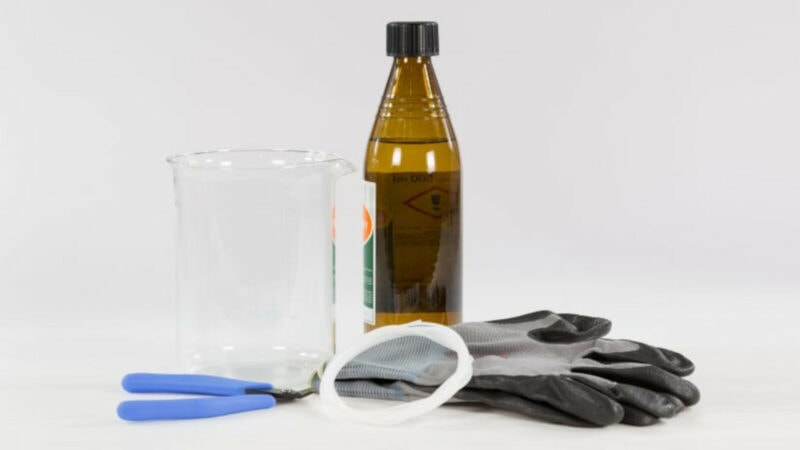
Even though acetone is a relatively safe chemical to use, you should be aware that pure acetone is still a hazardous solution. Here are some safety tips to keep in mind when using acetone for ABS welding:
Keep Acetone Away From Fire
Acetone is a highly flammable chemical and can ignite even at room temperature. Always use it away from fire and spark sources, and store the acetone container in a dark and well-ventilated space away from any sunlight or heat source.
Use Protective Gear
Prolonged exposure to acetone and ABS fumes can cause headaches, dizziness, nausea, confusion, and skin irritation. Just like you want to avoid printing ABS without enclosure, you also don’t want to work with acetone without precautions.
Therefore, it’s a good idea to invest in a quality respirator, safety glasses, and protective gloves while handling acetone. This safety equipment will help you work better with this chemical and mitigate the risks of accidents.
Conclusion
Acetone is cost-effective, easily accessible, and an excellent solvent glue for welding ABS parts together. The acetone welding process itself is a simple procedure when done right.
Remember the PAC acronym – P for Preparing the surface, A for Applying acetone, and C for Curing the bonded Acetone joint. It’s that easy!
Although the acetone smell can be pleasing for some of you, please do not neglect safety and use safety glasses, masks, and gloves while welding ABS parts; the headache afterward is not worth it.
Go weld those ABS plastic parts, and let us know how it went!
